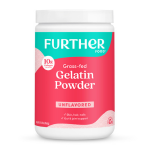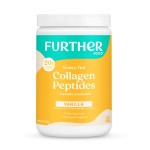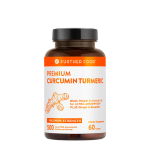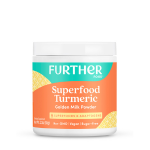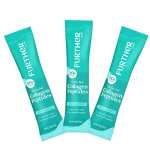Did you know that the average American consumes over 3400 mg of salt each day? That’s way over the recommended amount of 2300 mg per day, and more than twice as much for someone who has heart disease. Consuming too much sodium can cause high blood pressure, strokes, and heart disease. And excess salt consumption over time has been linked to stomach cancer, osteoporosis, and kidney disease.
February 29th kicks off Salt Awareness Week, so let’s use use this time to reevaluate our diets and consider how much sodium we are eating. And it’s not even about the salt shaker. Part of the problem is that a lot of us don’t realize how much salt we are consuming. Often, we’re unknowingly consuming excessive amounts of sodium by
eating processed and fast foods. The good news is that we can make some simple changes to our diet and lifestyle that can dramatically cut back on our sodium intake, while at the same time improve our overall health.
Try the DASH Diet
The low sodium DASH diet stands for “Dietary Approaches to Stop Hypertension,” and is intended to help lower blood pressure nutritionally, without medicine. This healthy way of eating, long recommended by nutritionists and doctors, has now been proven effective in lowering blood pressure, as well as lowering the risk for many diseases. It’s similar to the Mediterranean diet which consists of eating whole foods such as fruits, vegetables, whole grains, and lean protein from fish, poultry, and legumes. Only limited amounts of red meat and alcohol are allowed. Studies show that following the low sodium DASH diet for as little as 14 days helps reduce blood pressure and our risk for heart disease. So, it’s worth considering this diet and giving it a try!
Here’s the breakdown of what the DASH diet looks like:
-
Grains: 6 to 8 servings per day, most of which should be whole grain for added fiber
-
Vegetables: 4 to 5 servings per day, focusing on variety
-
Fruits: 4 to 5 servings per day — real fruit though, not fruit juices or anything made from fruit concentrate
-
Dairy: 2 to 3 servings per day
-
Lean meat, poultry, and fish: 6 ounces or less per day
-
Nuts, seeds, and legumes: 4 to 5 servings per week; go for the unsalted nuts and remember that one serving of nuts is 1.5 ounces, a serving of seeds is 2 tablespoons, and a single serving of legumes consists of ½ cup cooked beans or peas
-
Fats and oils: 2 to 3 servings per day, focusing on unsaturated fat sources and avoiding trans fats
-
Sweets and added sugar: limit as much as you can
Making Smart Choices
- Getting in the kitchen and cooking meals at home is one of the best ways to really take control of how much sodium ends up on your plate.
- Season your food with herbs and spices. Some spices, such as turmeric and ginger, provide anti-inflammatory benefits, in addition to flavoring food. You can also find salt-free spice blends to season your food.
- Pay attention to food labels and ingredient lists. Always keep in mind the amount of sodium you should be consuming daily. If ½ cup of canned tomato soup has 400 grams of sodium, that’s a lot of sodium in just one small portion!
- Be aware of foods that typically contain high levels of sodium. Often we don’t even realize that the foods we are eating contain salt, and, surprisingly, some foods that we think of as “sweet,” like breakfast cereals and cookies, have a high sodium content. Other foods that are high in sodium include canned soups and salad dressings.
- Go on the hunt for nutritional information about food that you order in or eat in restaurants. Many national chains have begun sharing nutrition information on their websites. If you don’t see it posted anywhere, ask. Seemingly “healthy” choices on restaurant menus can still be so sodium-laden that it defeats any other possible nutritional benefit from the food.
Watching your sodium intake is important not only this week but year round. These few strategies will help minimize your salt intake and help achieve a healthier you!
Want more? You might also like:
Gone Gluten-Free? A Dietitian Reveals 9 Essential Nutrients You May Be Missing
10 Surefire Diet Tips For Relieving Endometriosis Pain
When an IBS Attack Strikes, These Solutions May Just Save Your Gut
My Doctors Said They Couldn’t Help My IBS and Leaky Gut, So I Helped Myself. Here’s How
Note: PLEASE consult with your doctor before making any changes to your diet or medications. The material on this site is provided for educational purposes only, and is not to be used for medical advice, diagnosis or treatment.










